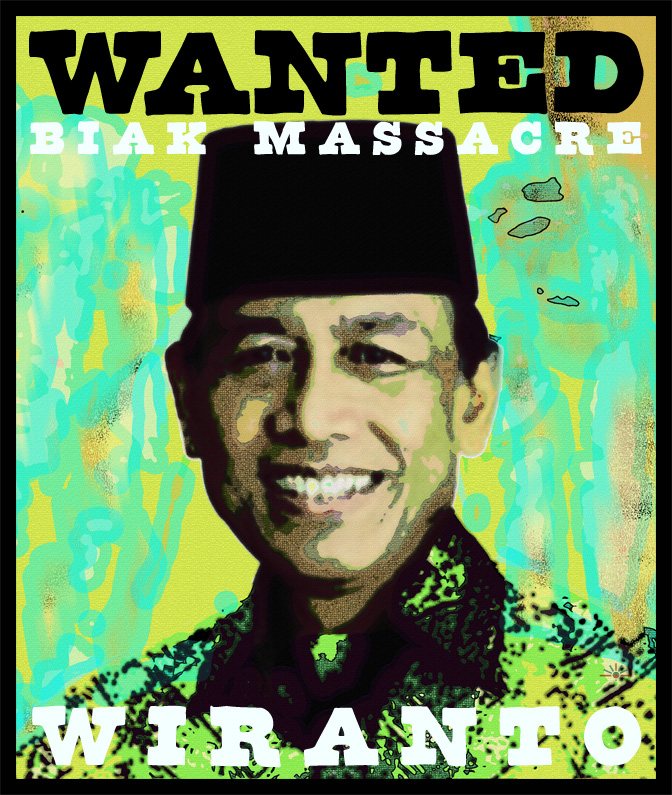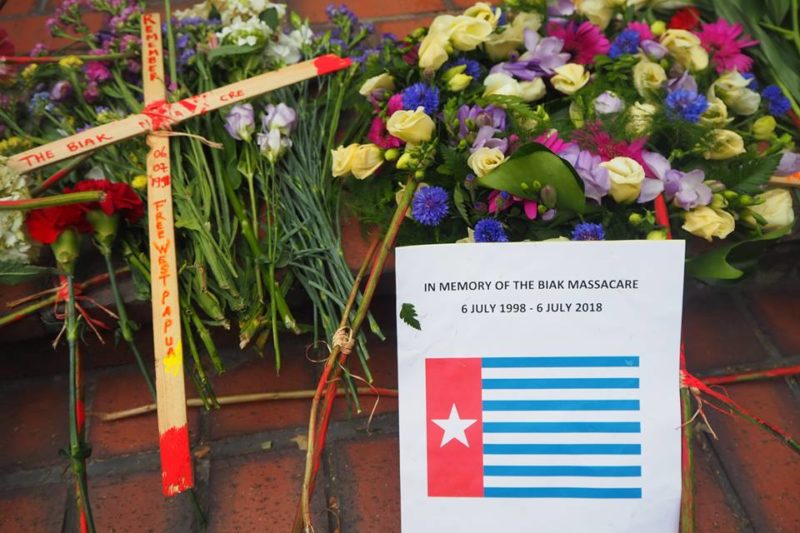Remembering the Biak Massacre
July 11, 2018
On July 6th 2018 people around the world remembered the Biak Massacre. On July 6th 1998 the Indonesian government tortured, mutilated and massacred over 150 West Papuan people who raised the West Papuan flag and peacefully protested for their independence. The Indonesian military general Wiranto, who was in charge of the massacre did not try to deny it instead he tried to justify it claiming that the Indonesian military needed to stop people who raised the West Papuan flag. No one has ever been brought to justice for the Biak massacre.
Video statement by Oridek Ap, United Liberation Movement for West Papua (ULMWP) EU Mission
Den Hague, Netherlands.
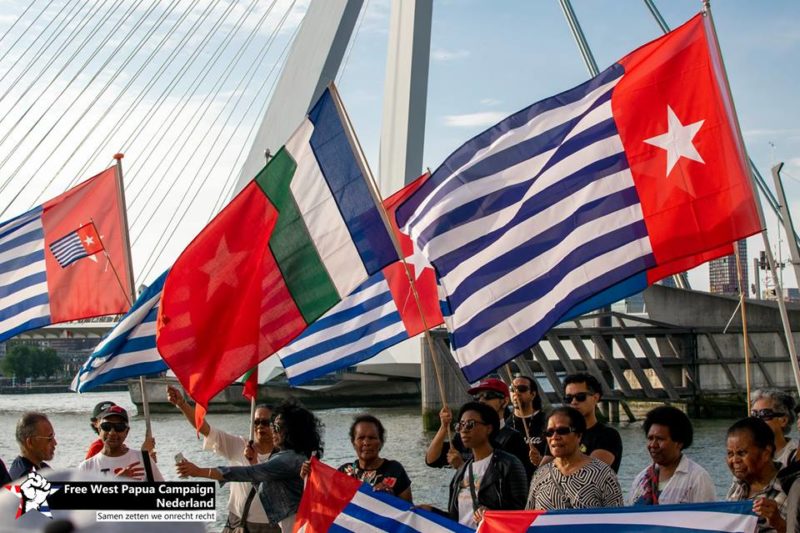
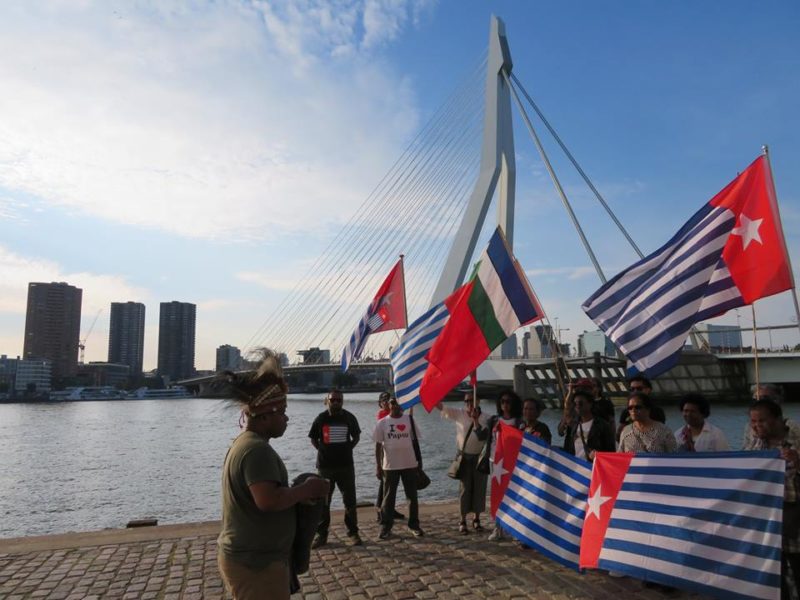
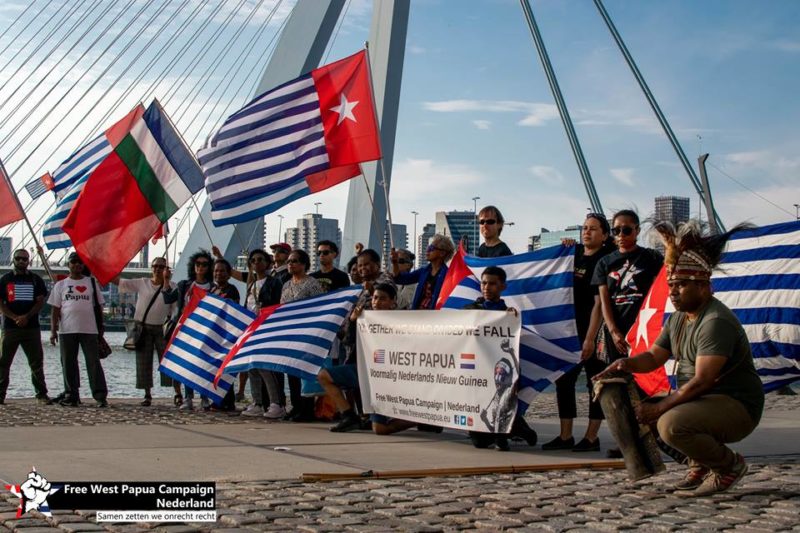
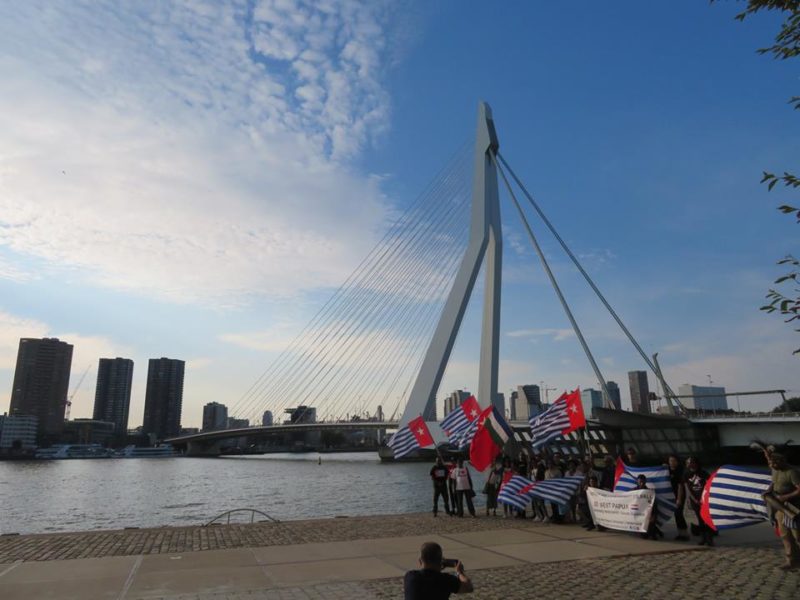
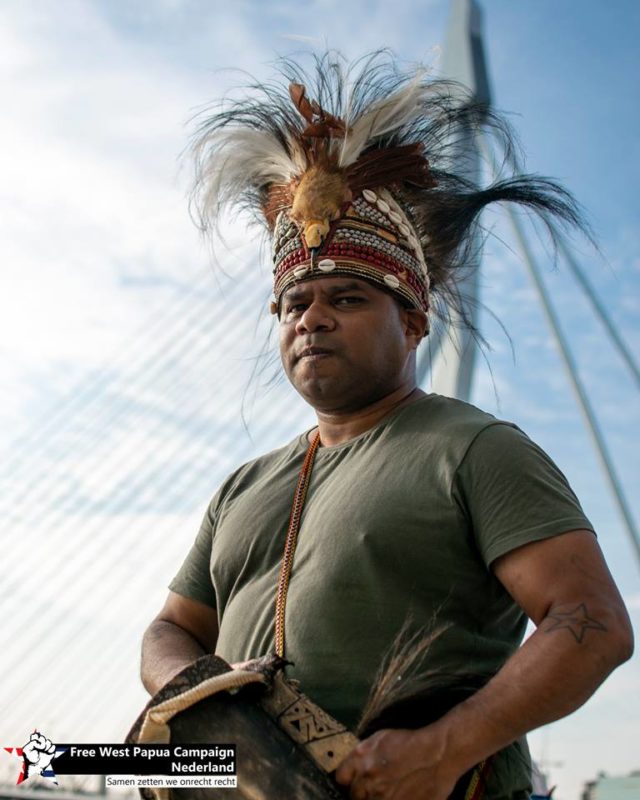
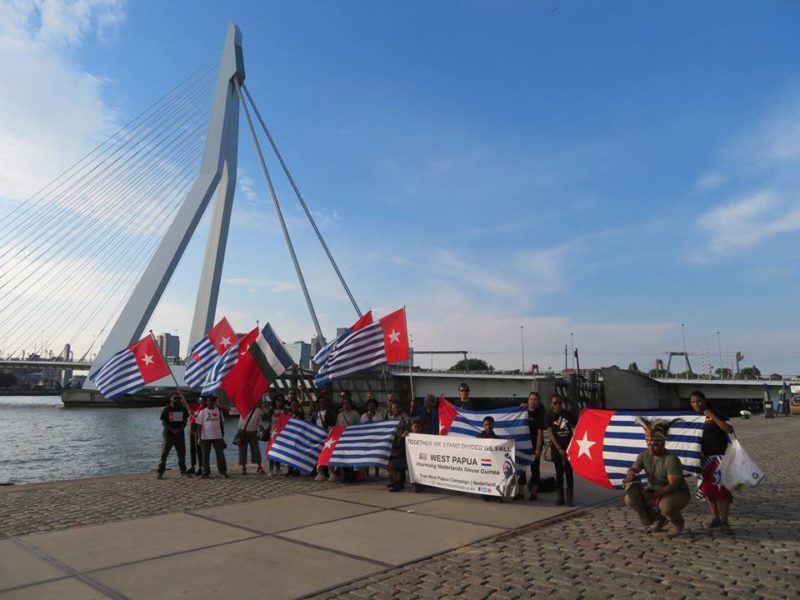
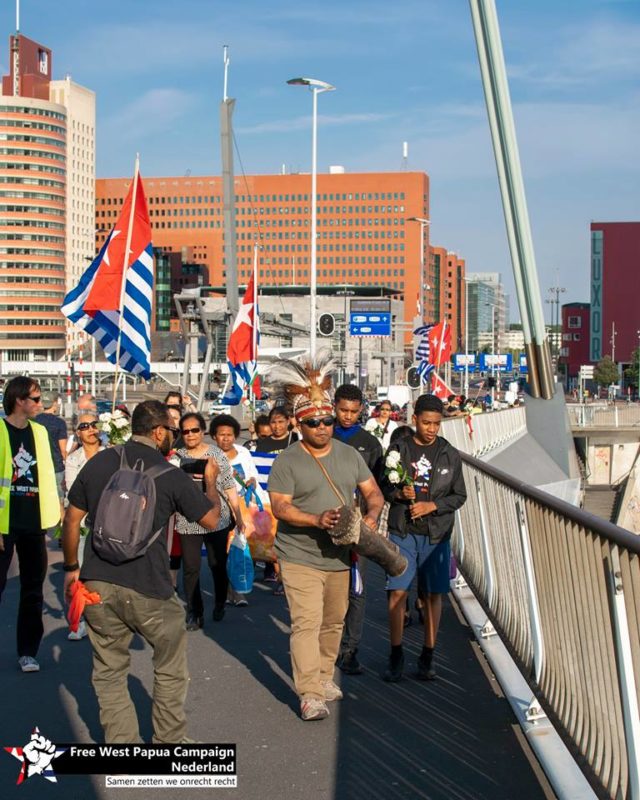
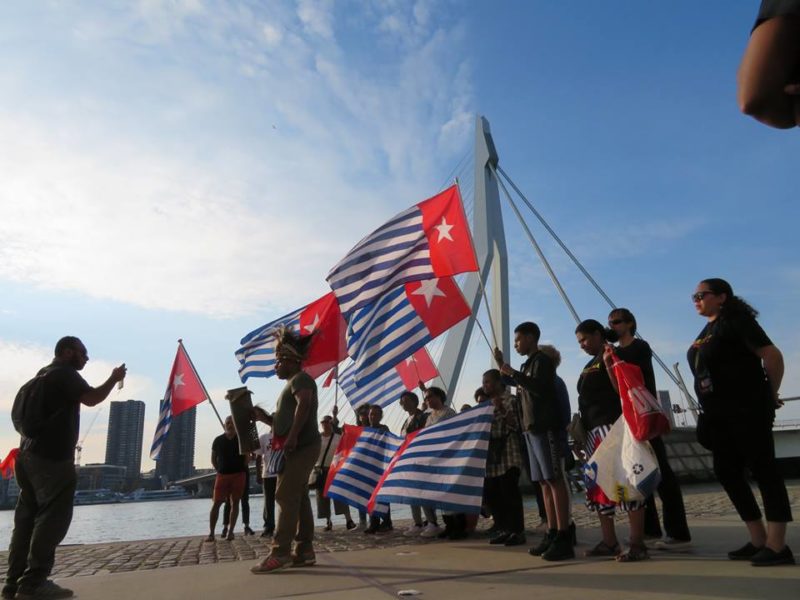
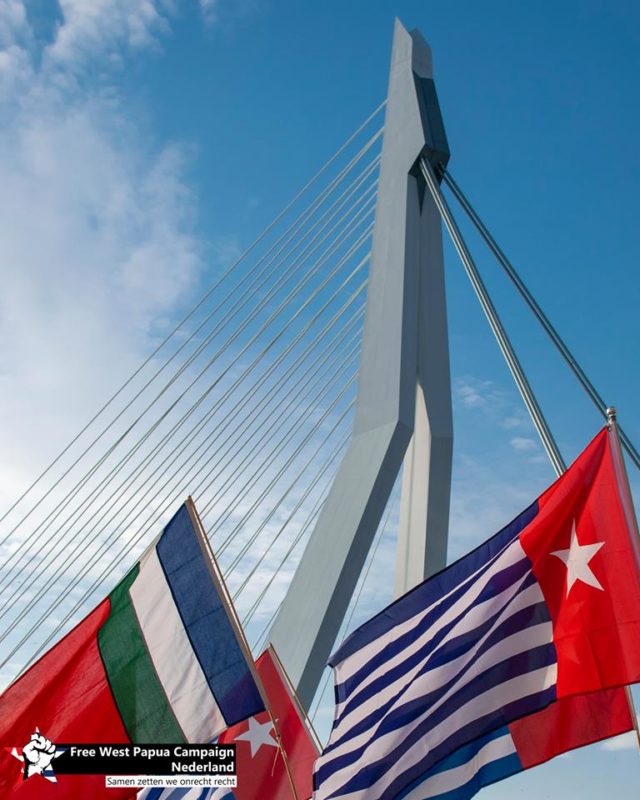
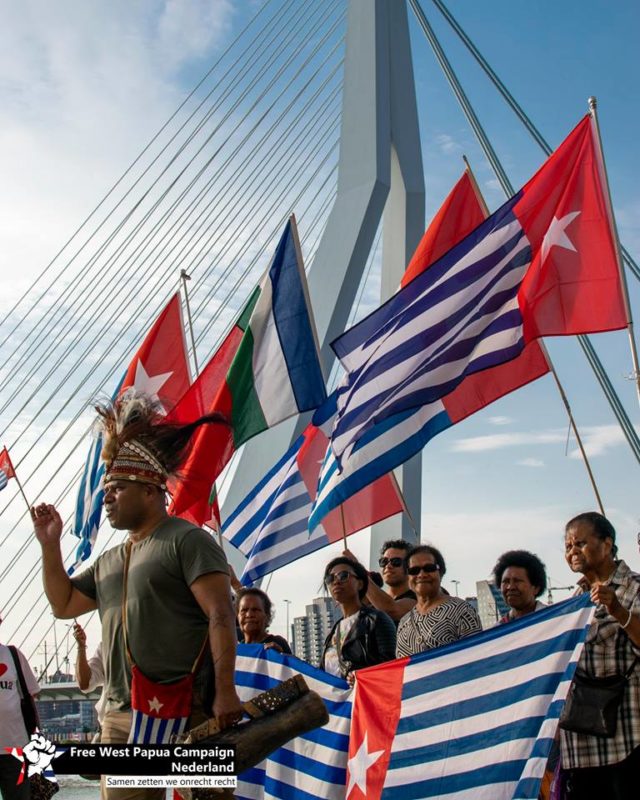
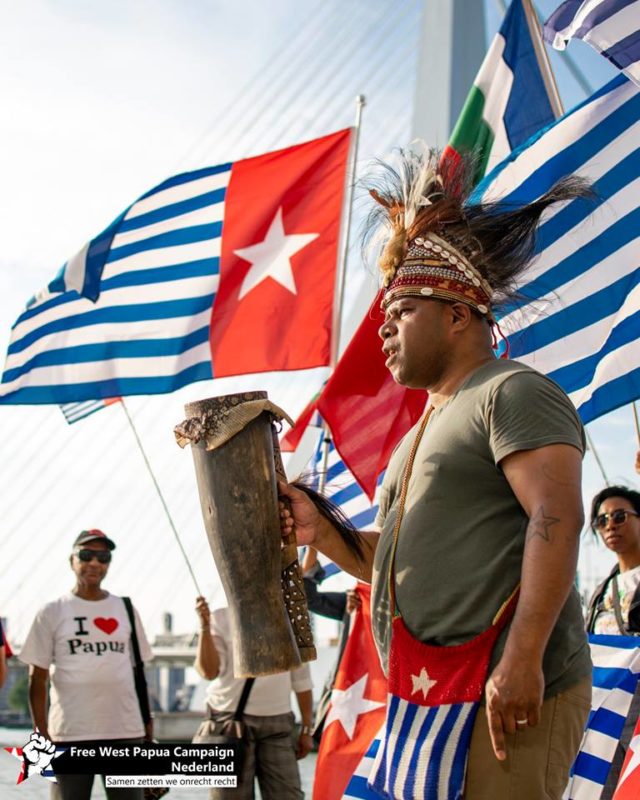
Melbourne, Australia.
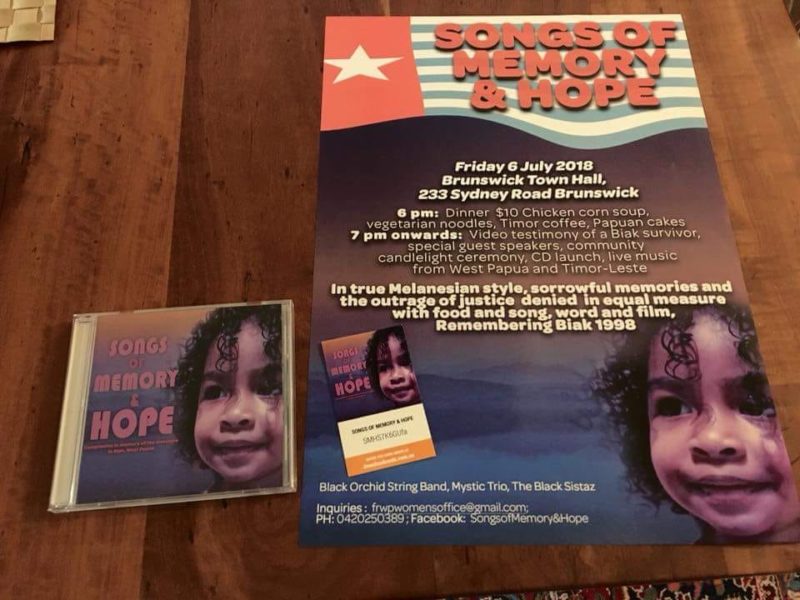
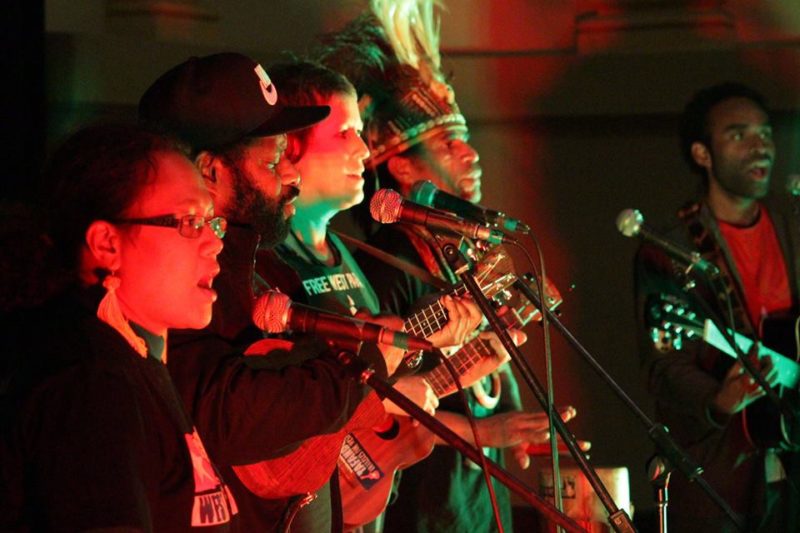
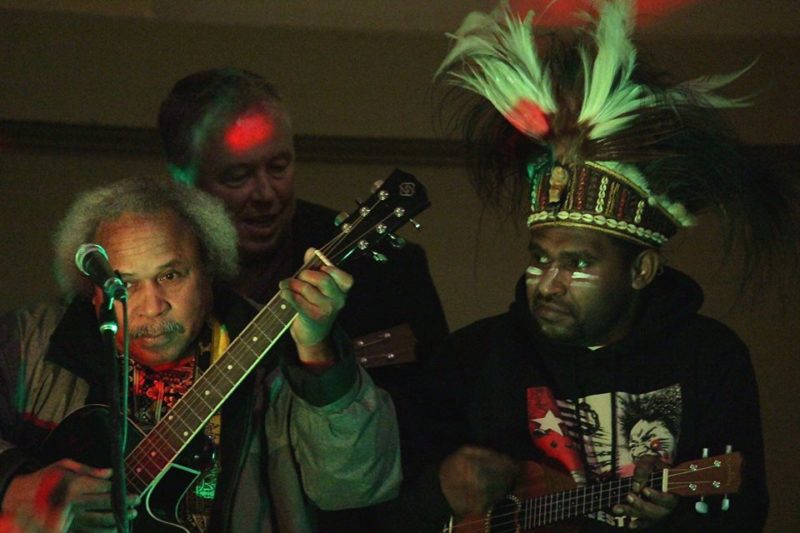
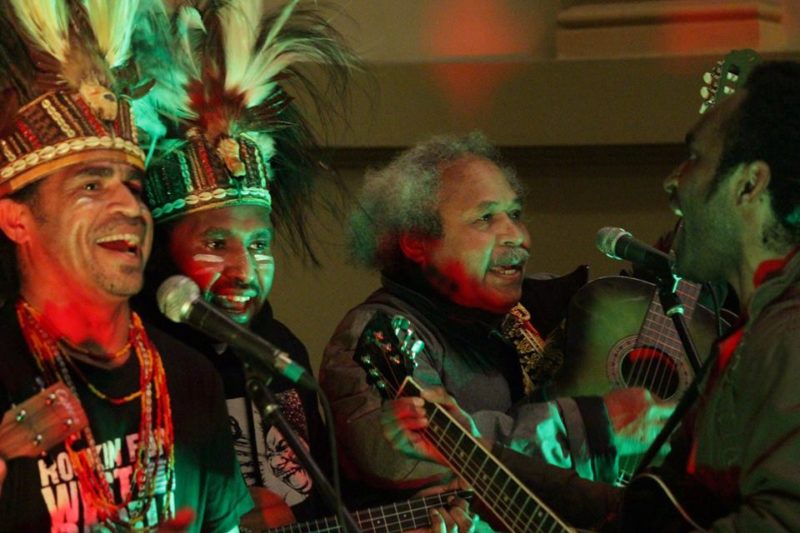
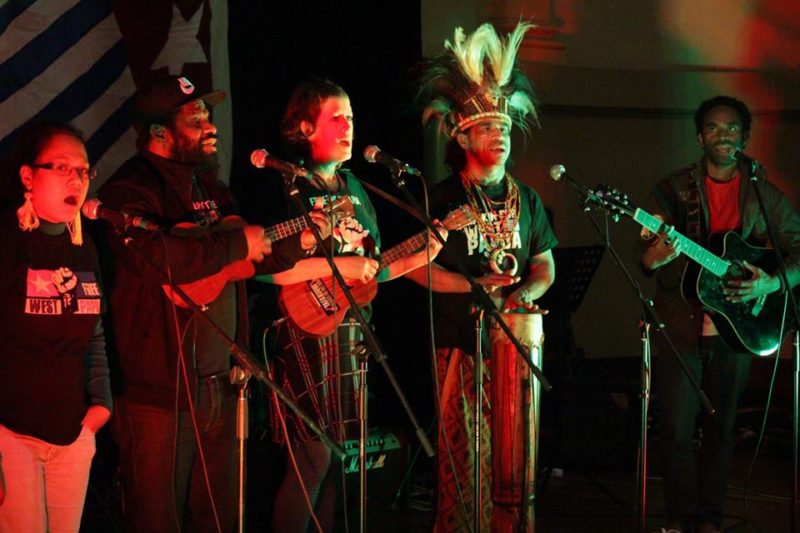
Biak Massacre commemoration and CD launch of ‘Songs of Memory & Hope’ last night in Melbourne…
(photos Betty France, thanks)
Biak Massacre commemoration and CD launch of ‘Songs of Memory & Hope’ last night in Melbourne…
(photos Betty France, thanks)
Perth, Australia.
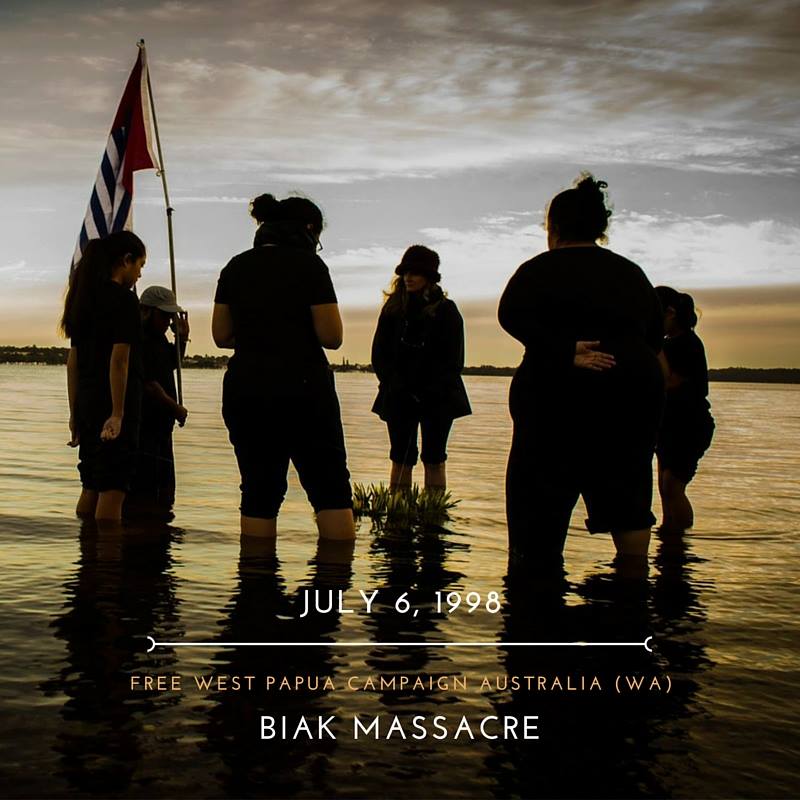
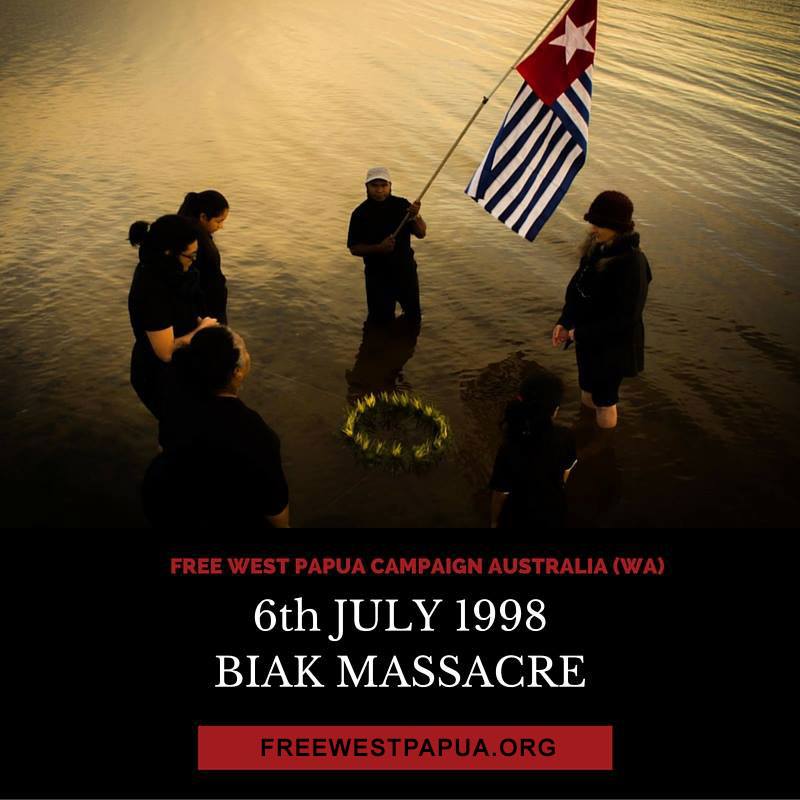
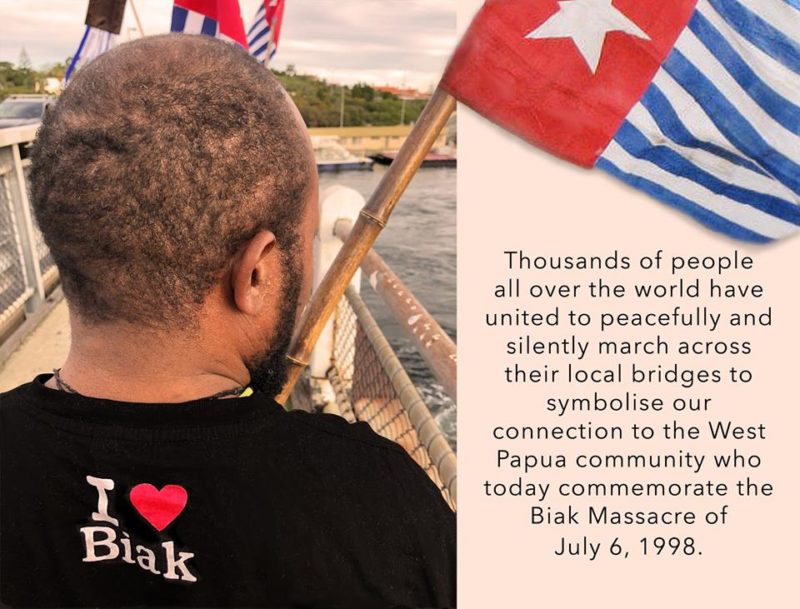
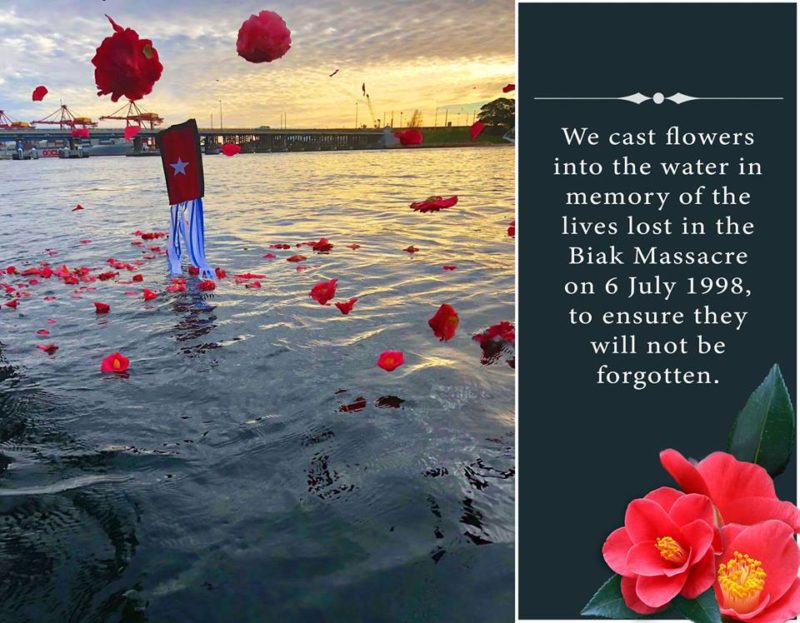
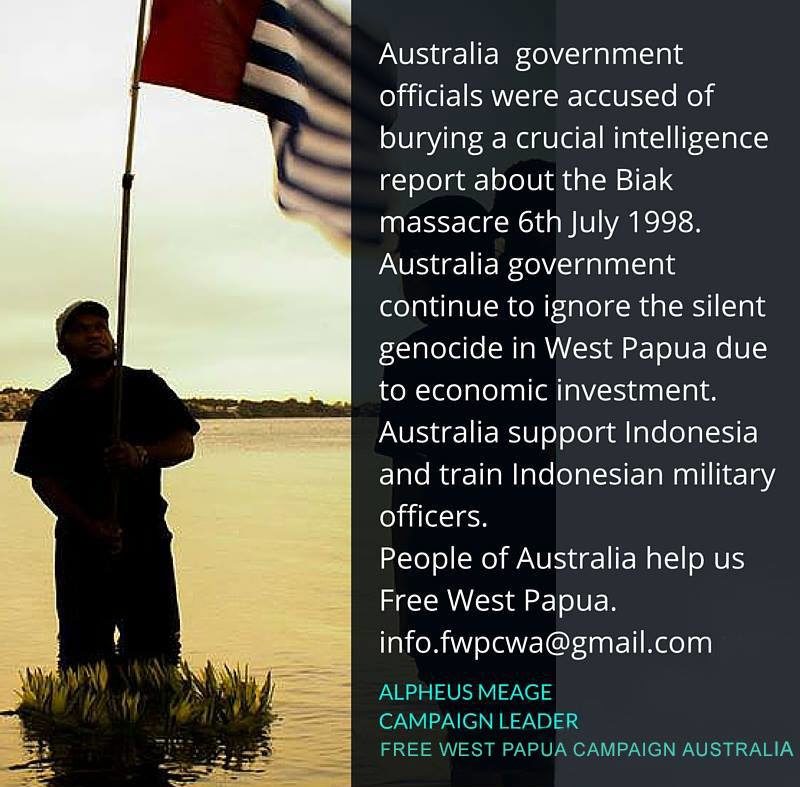
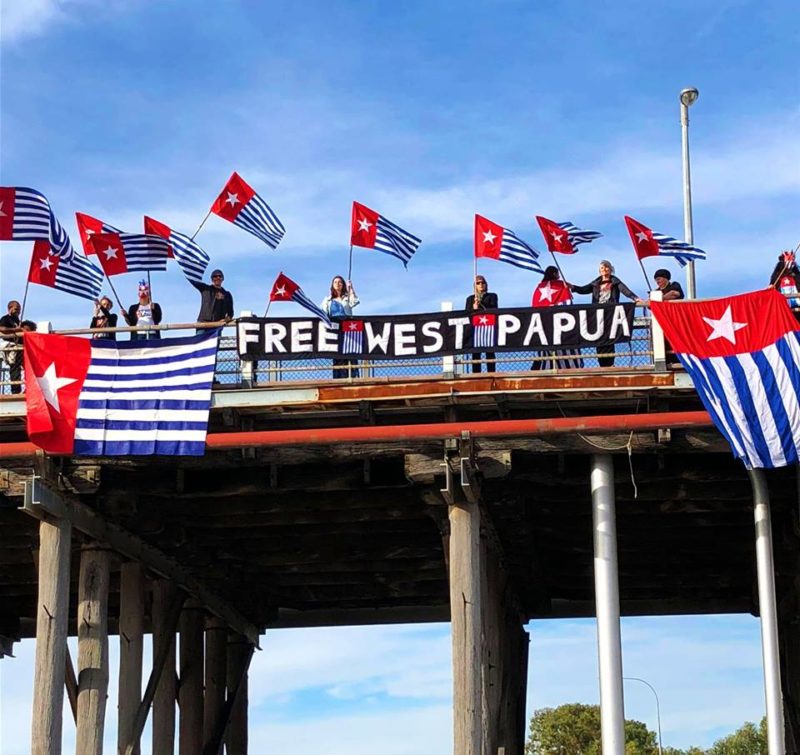
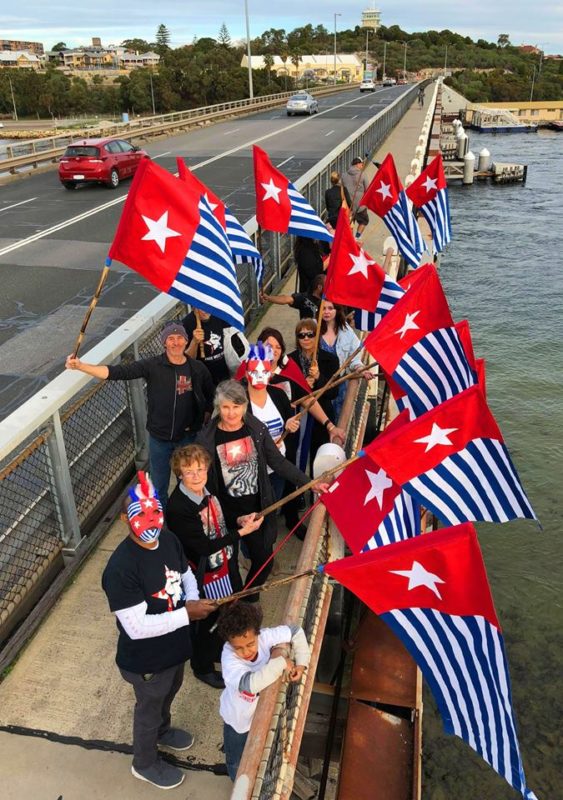
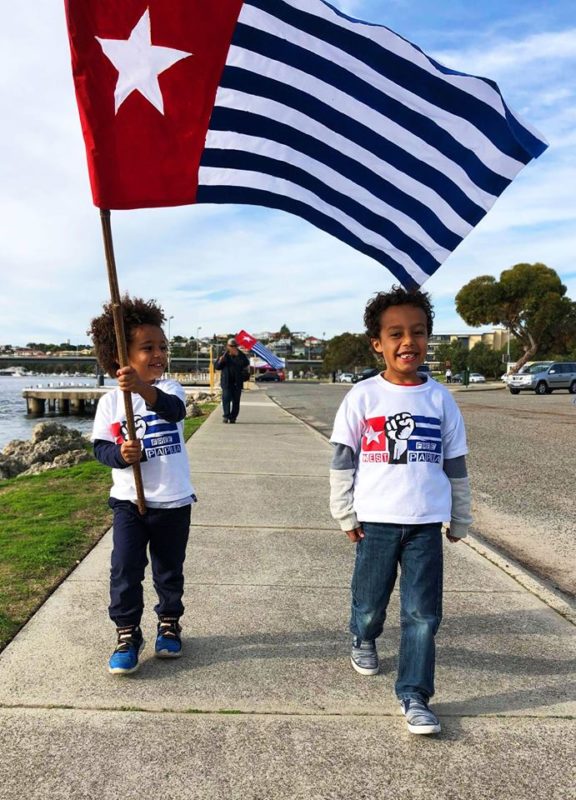
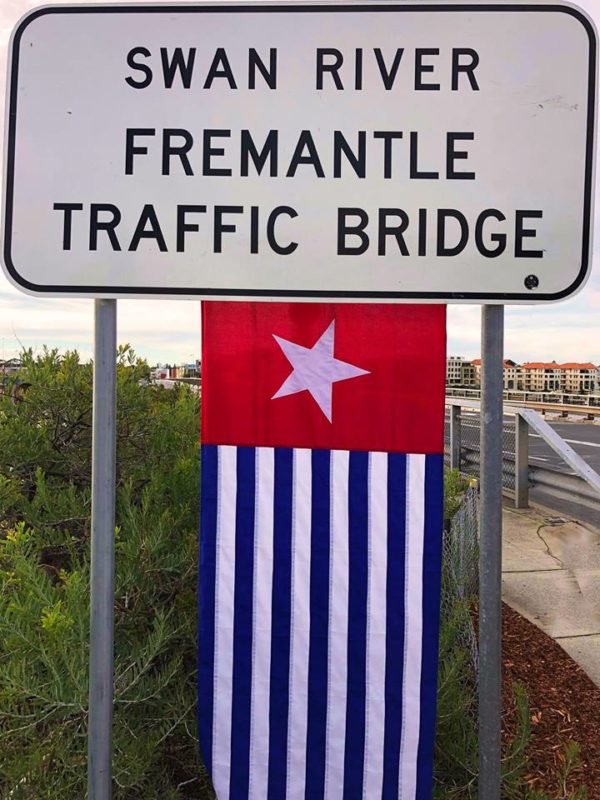
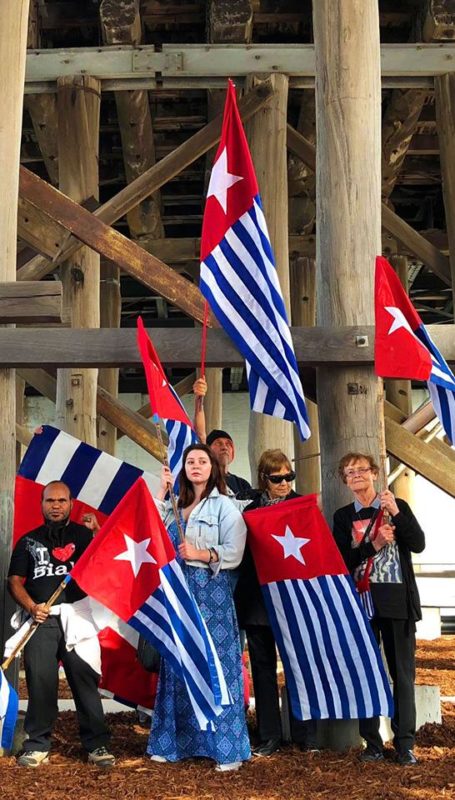
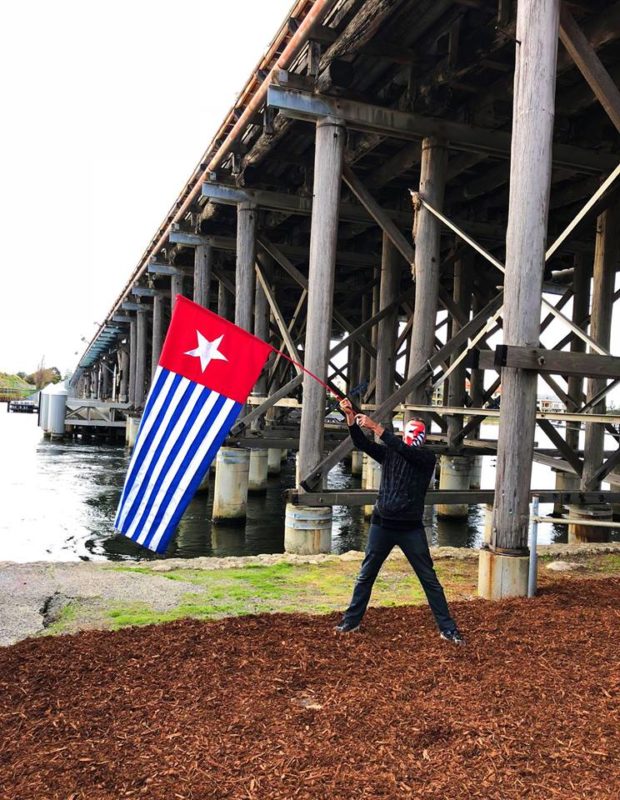
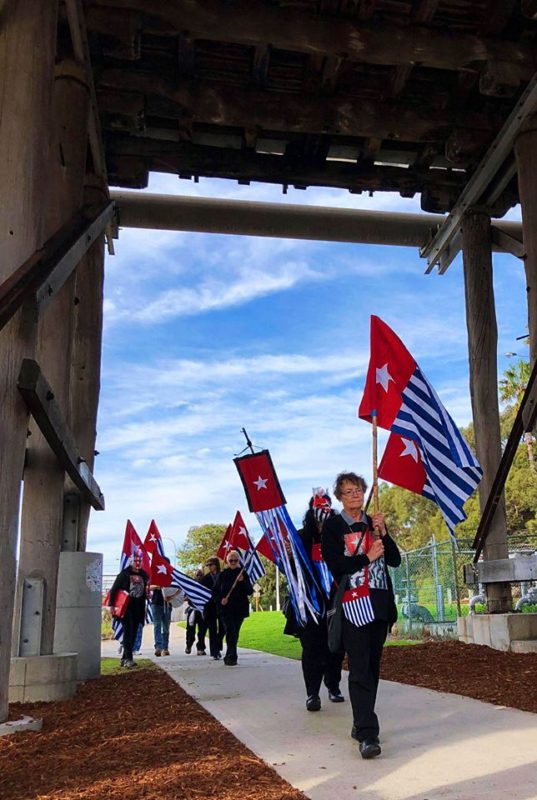
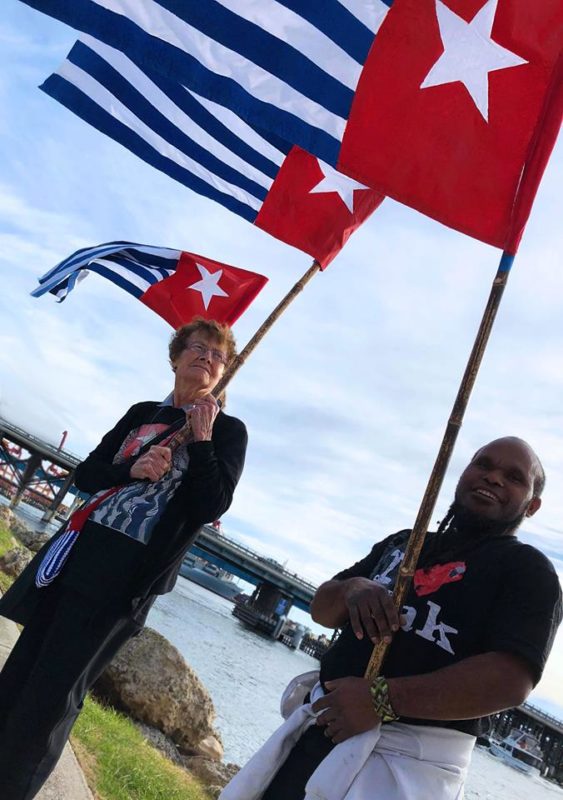
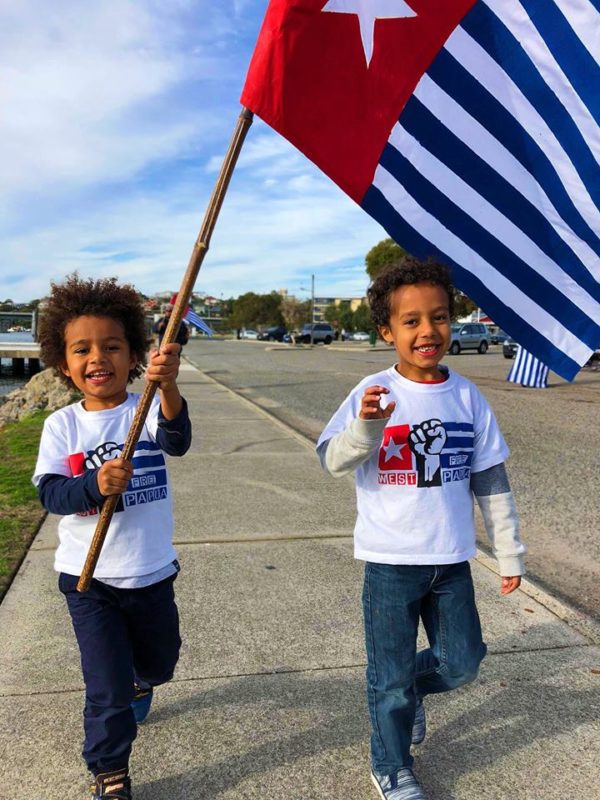

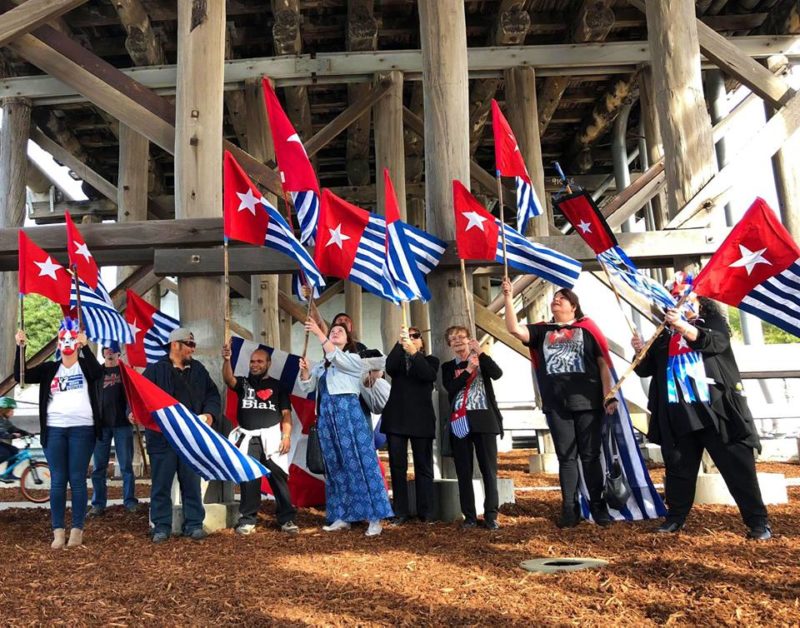
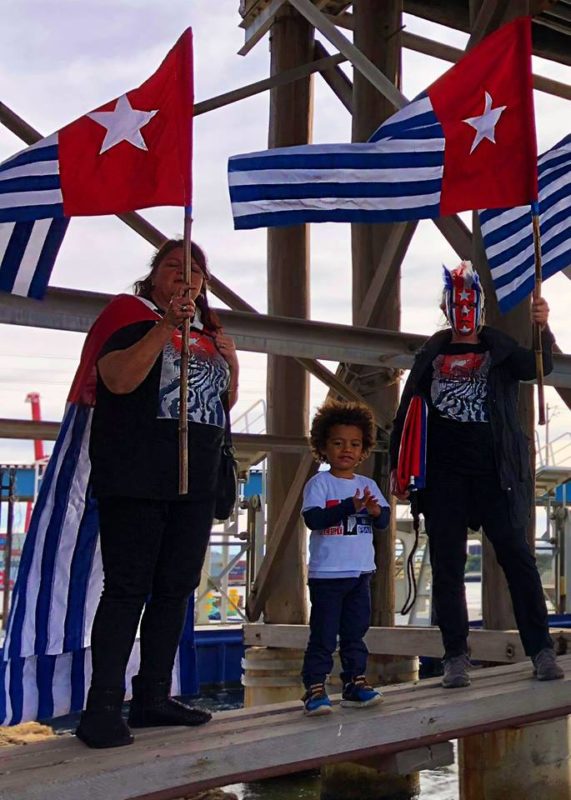
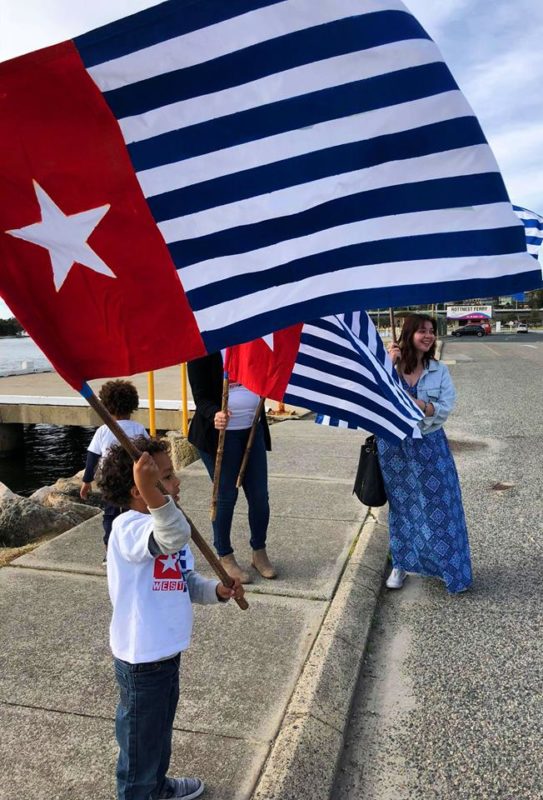
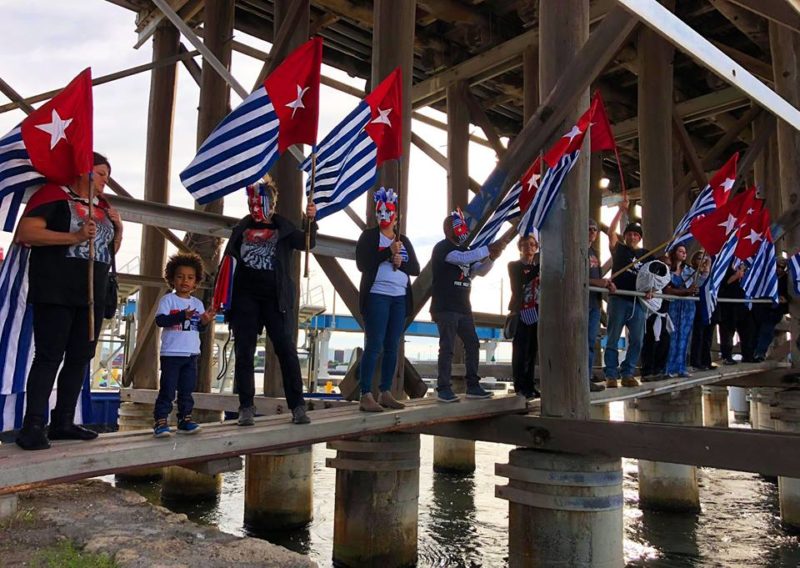
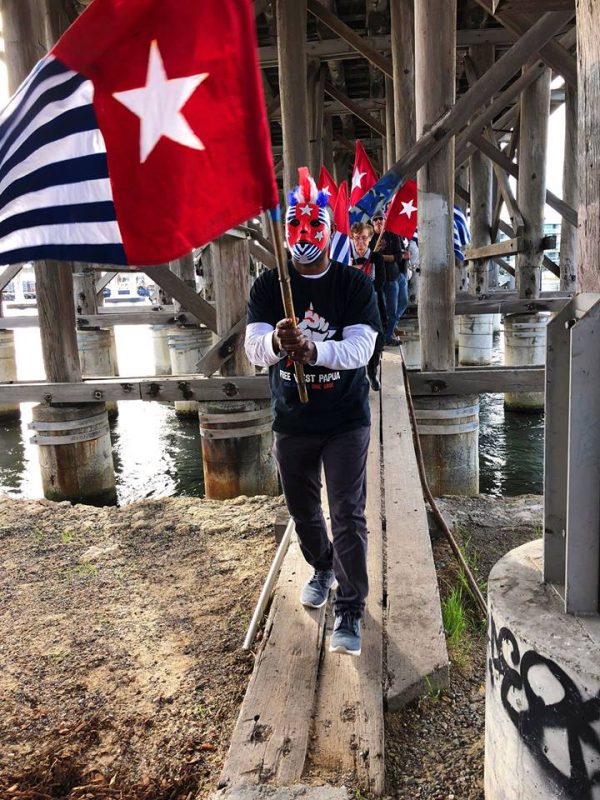
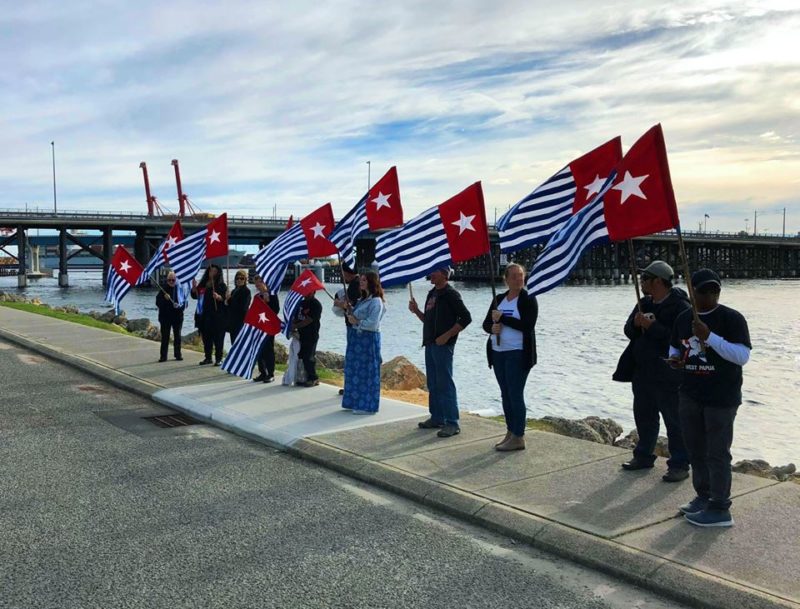
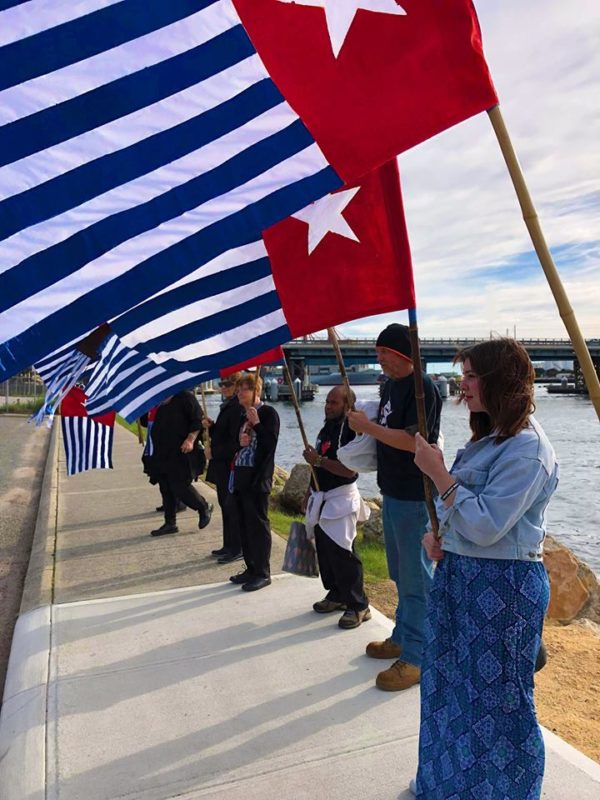
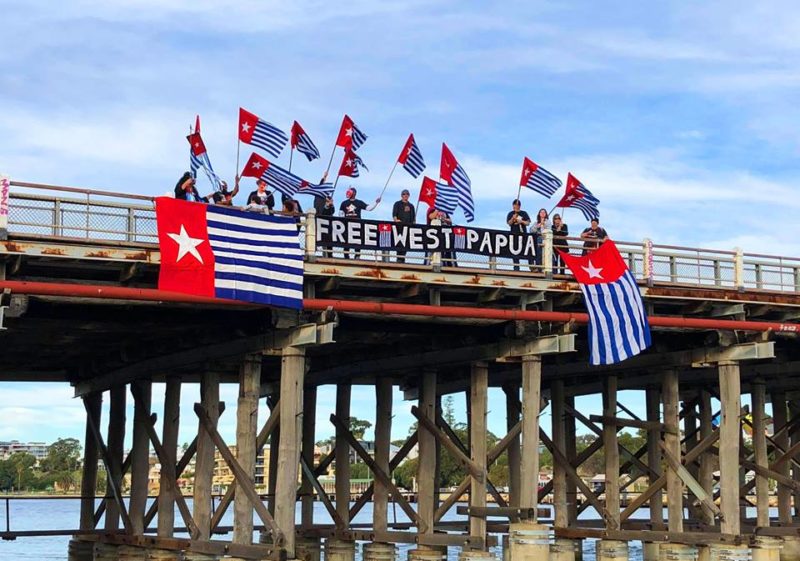
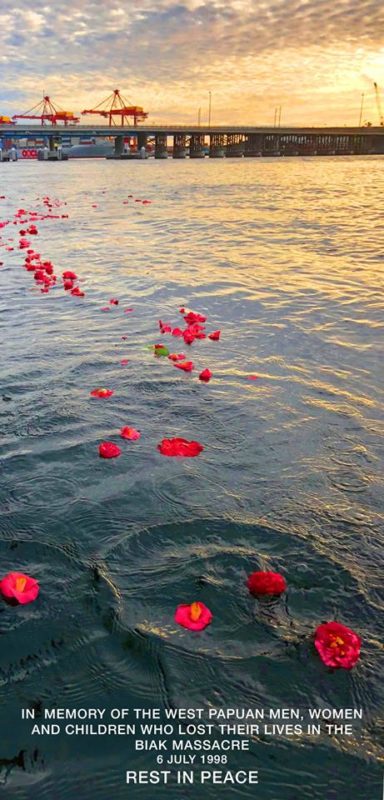
London, UK.
Today, 6th July 2018, we remember the Biak massacre, London, UK.
On July 6th, 1998, people of Biak, West Papua sung songs at Biak water tower while praying for freedom and raising the Morning Star flag. They were peacefully asking for their independence. The Indonesian military arrived at dawn and murdered over 150 men, women and children. Many people were taken onto ships then tortured, killed and thrown into the sea.
No one has ever investigated the Biak massacre and the Indonesian government has never been accountable the killings. Still today the colonial Indonesian regime kills our people in West Papua with total impunity.
Recently the Indonesian government was elected as a member of the UN security council. We urge all international bodies and all countries to investigate Indonesia’s massacres and killings in West Papua, including the Biak massacre. How can Indonesia sit on the UN security council while they rape and kill my people in West Papua?
The people of West Papua remember the victims of Biak on July 6th every year and continue their struggle for self determination and independence until we are free people. We need the international community to support us for justice for the Biak victims and support us as we continue to be their voice for independence.
Benny Wenda
Chairman – ULMWP
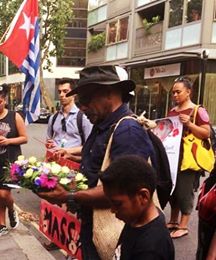
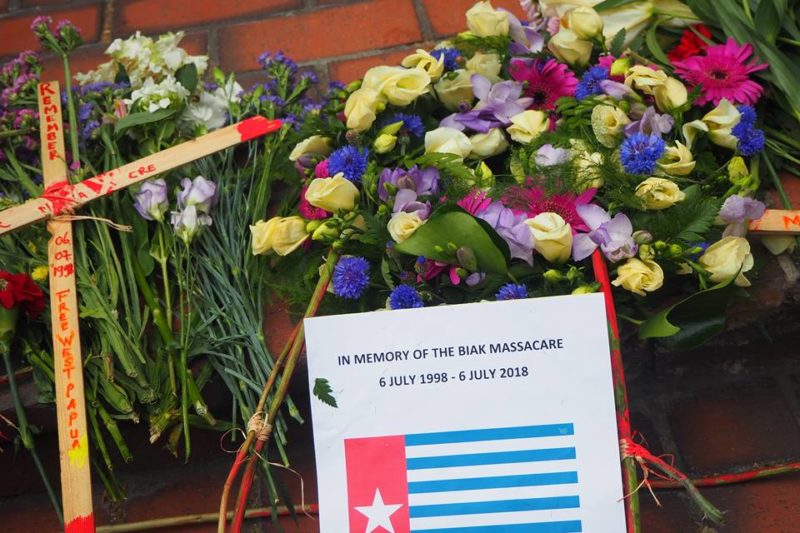
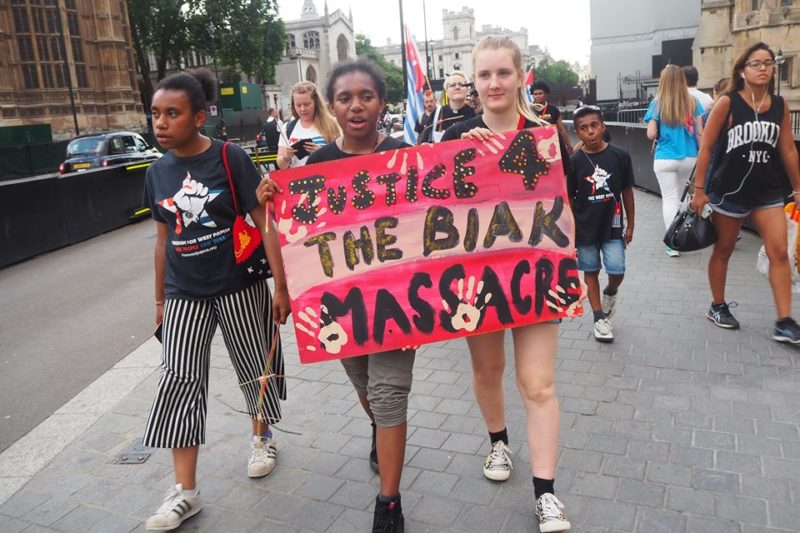
Mexico.
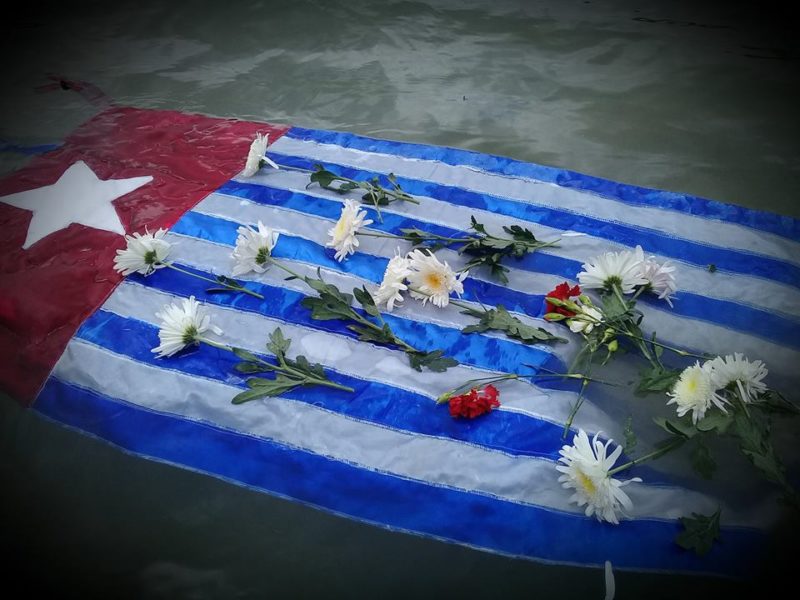
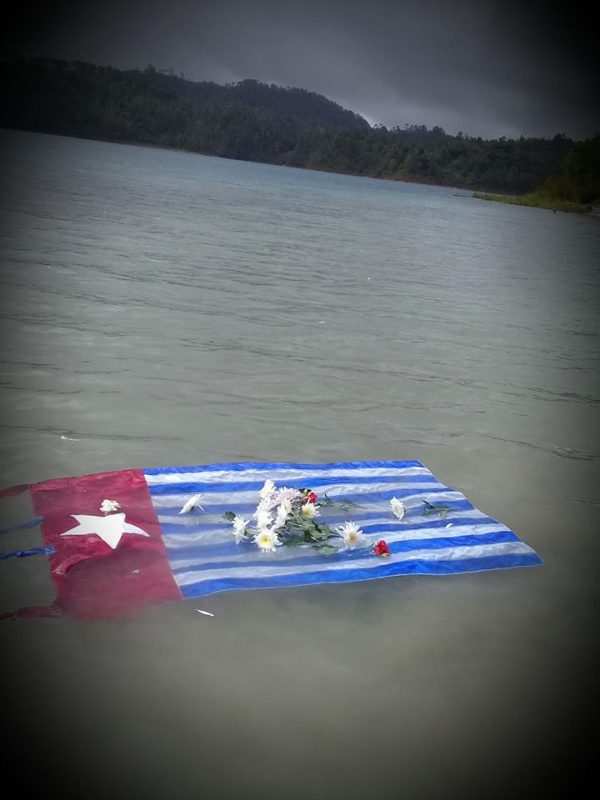
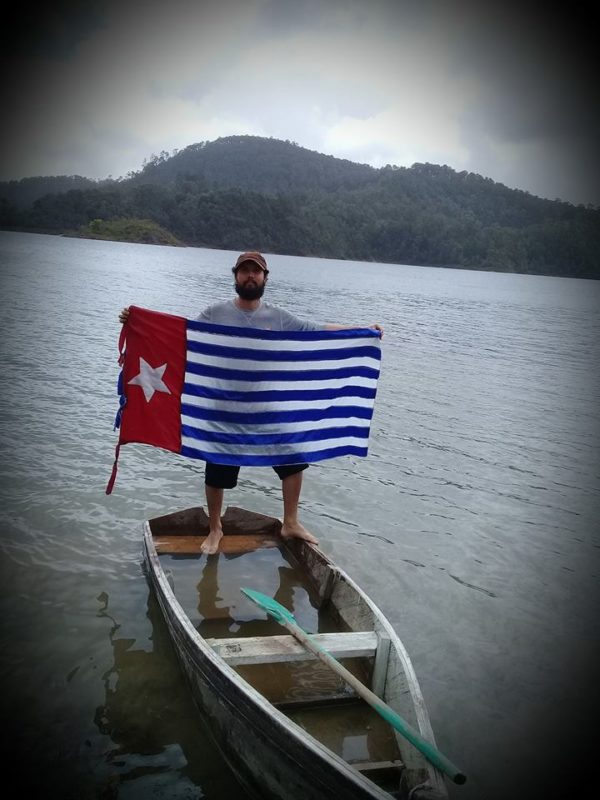
San Diego, California, USA.
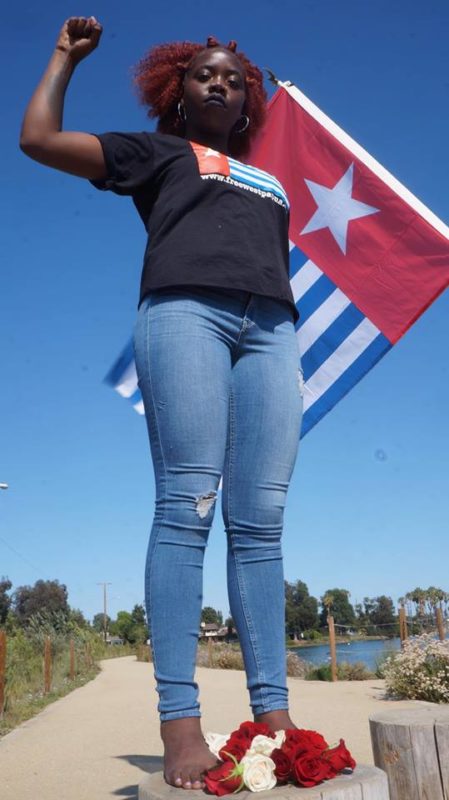
Denmark.
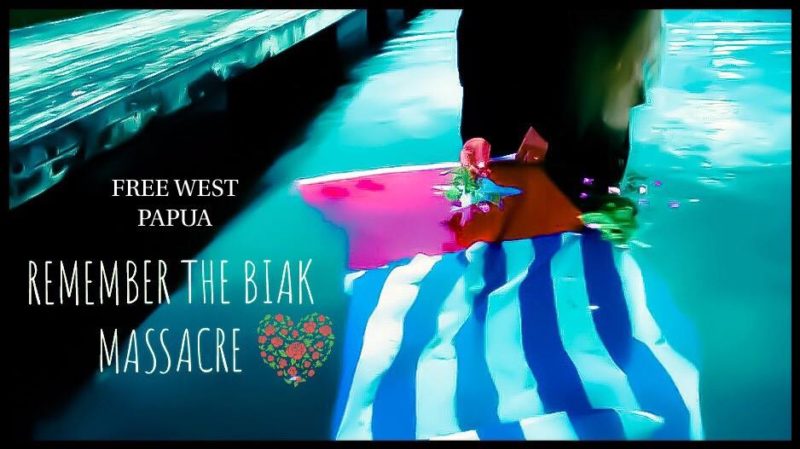
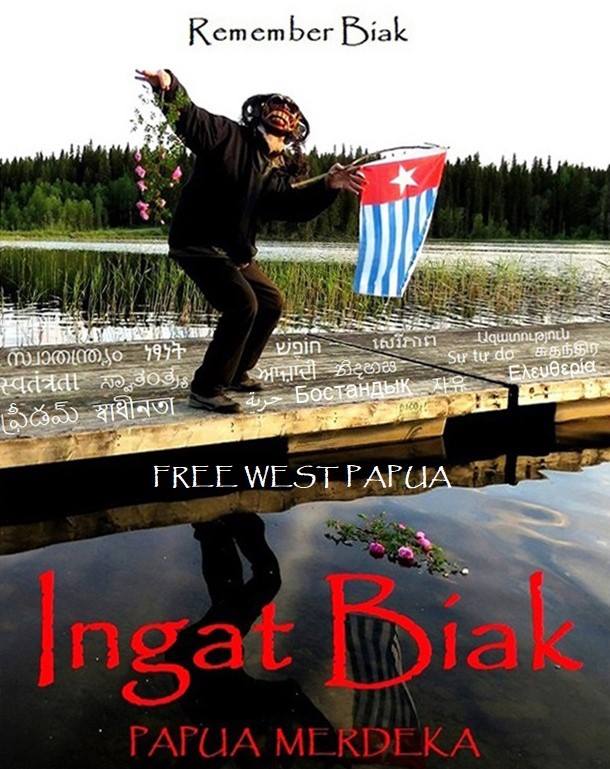
Biak Massacre July 6th 1998. Background.
On 6 July 1998, West Papuans demonstrating for independence on the island of Biak, West Papua, were murdered by Indonesian military and police and large numbers were detained. This is a criminal act under international law that must not go unrecognised[i].
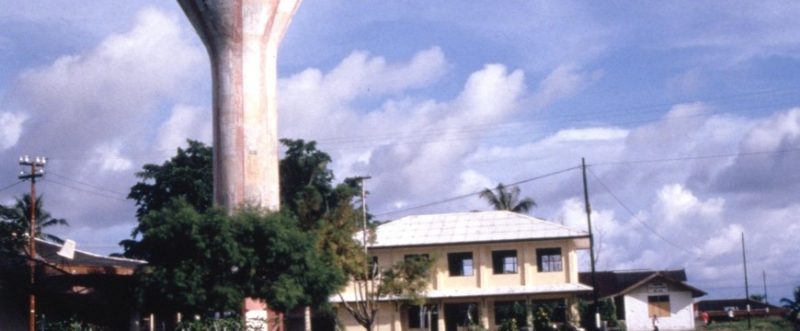
What happened on that day has been pieced together over the years. One early report by Human Rights Watch remains a key document. Here are some excerpts that describe what happened on that fateful day:
“The long-awaited attack took place at 5:00 a.m. on July 6. Troops from Battalion 733 Pattimura, stationed at the air force base at Manuhua aided local forces, and were reinforced by troops from two warships, a logistics ship called Waigeo and another with a registration number of 108. The troops opened fire from four sides. Witnesses reported that five civilians who were already on the ground were deliberately shot. Many people were taken away by the Indonesian army to the Docks at Biak harbour. They were taken onto army where most were never seen again. A few West Papuans escaped by jumping overboard. Many were tortured and had their genitals removed by the Indonesian military.
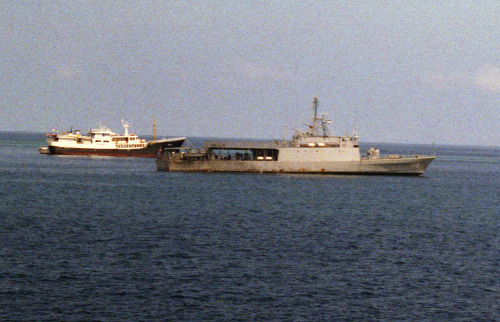
Soldiers were all over the hospital, and a nurse on duty said her superior was ordered not to say anything about anyone having died. She also told Human Rights Watch that when an army truck drew up to the hospital entrance with some of the wounded, the latter were just pushed off the truck.
There were reports of trucks taking away the wounded, however, and over thirty bodies washed up on the shore of East Biak in the weeks after the shootings took place. The government claimed they were victims of a tsunami that struck neighbouring Papua New Guinea; local people are convinced they were victims of the shooting. The bodies were buried without autopsy near the sites where they were found, contributing to the suspicion of a government cover-up.
In 2013 a “citizens’ tribunal” into the massacre was held in Sydney, Australia. It examined evidence and summoned witnesses who gave their accounts of what happened. The Guardian (13/12/13) reported some of the testimony:
‘Navy ships were used to dump the bodies at sea, the tribunal heard. Ferry Marisan, the director of the human rights organisation Elsham Papua, told the hearing that fishermen later found the bodies offshore.
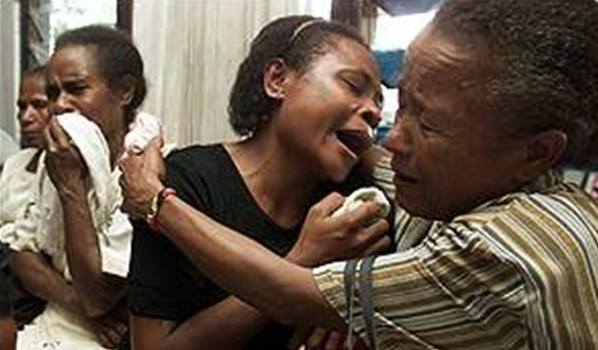
People of Biak in the days after the massacre
“The bodies were mutilated. Some of them lost their legs or their genitals were not there,” he said.
Other witnesses told of being tortured and sexually abused in custody in the days and weeks following the attack.’
Mama Tineke Rumakabu saw her friend beheaded. She herself was tortured horribly.
She was burnt, she was genitally mutilated and had injuries on other parts of her body. She was raped. She was treated in the most degrading and vicious fashion by Indonesian police.
Watch Mama Tineke’s testimony
NICHOLAS COWDERY, FMR NEW SOUTH WALES DIRECTOR OF PUBLIC PROSECUTIONS : “Well I’ve spent many, many years in practice in the criminal law, so I’m used to reading and hearing pretty gruesome stories of what people can do to other people. But when I read the witness accounts, the first-hand accounts and the reports that were made of this very soon after the event while memories were still very fresh, it struck me as one of the worst examples of the massacre of civilians that I’d come across.”
JOHN DOWD, PRESIDENT, INT. COMMISSION OF JURISTS: “The specific mutilation of the females was a conscious, deliberate terror policy. It is hard to believe that human beings could do what these troops did.”
Other witnesses told of being tortured and sexually abused in custody in the days and weeks following the attack.
One victim described being stripped naked in a room with other women and girls.
“Then I saw a man [a soldier] showing me a little knife, the one that you use to shave, and he said ‘we are going to use this to cut off your vagina, from above and below and from the left to the right’. A lit candle was penetrated inside me, they cut off my clitoris and they raped me.
“I saw a little girl and they raped her and she died,” she told the tribunal.
Out of the 12 women in detention “eight women were killed and four of us stayed alive”, she said.
https://www.theguardian.com/…/west-papuans-tortured-killed-…
http://www.biak-tribunal.org/witness-tineke-rumakabu/
http://www.abc.net.au/7.30/content/2013/s3912701.htm
General Wiranto, the Indonesian military General who was in charge of the massacre, has never shown any remorse for the way his men treated the men, women and children of Biak, West Papua on that day. In fact he even celebrated the fear tactics that Indonesian army used and justified the use of razor blades to remove the clitoris from protesting women, making this statement about what his men did during the Biak Massacre, “If there is a power that raises a flag, and it is not the Red and White flag [of Indonesia], then this is a betrayal of the military and of the entire nation. This constitutes a betrayal and this is what we must stop!” – Wiranto.
http://www.etan.org/news/2016/08wiranto_biak.htm
